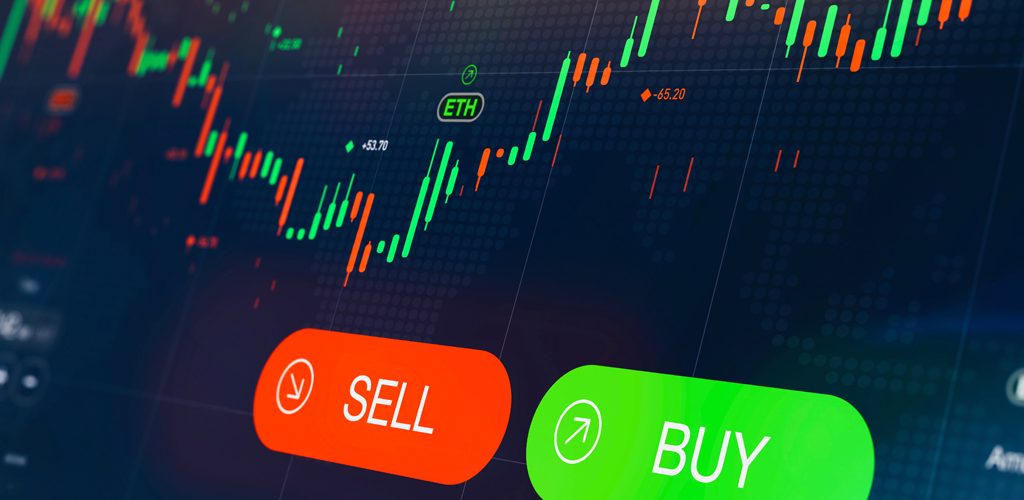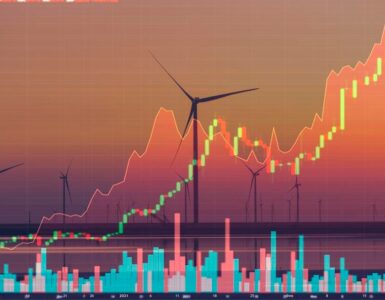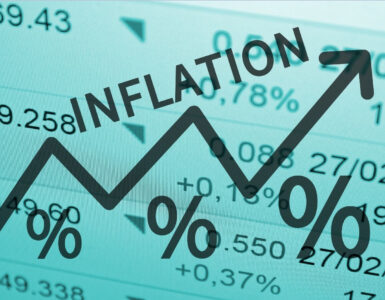After a brutal two weeks for the market this month, Goldman Sachs is saying it’s about time for investors to dip their toes in the volatile waters.
Not whole-hog on adding risk assets to the portfolio, but a nibble.
“To the extent that zero interest rate policies, negative real interest rates and quantitative easing have been supportive for risk assets, it is understandable that a perceived move away from these supports should cause a correction, particularly given high valuations. But this adjustment has now been reflected in the markets and the downside risks from here are much lower so long as economies can grow. Our Risk Appetite Indicator (GSRAII) has fallen back, suggesting we are getting closer to levels that have typically been a good entry point for longer-term investors,” said Goldman Sachs strategist Peter Oppenheimer on Wednesday.
Oppenheimer — and similar “buy the dip” comments from his peers at JPMorgan and Citigroup — come following an otherwise insane start to the trading week.
As Yahoo Finance’s markets reporter Alexandra Semenova reports, the Dow Jones Industrial Average saw another massive intraday rebound on Tuesday. The index recovered from a drop of more than 800 points to end down just 0.19%.
Meanwhile, the S&P 500 ticked up from session lows but also closed in negative territory, down 1.22%, while the Nasdaq Composite remained deep in the red, rounding the day out 2.28% lower.
Markets saw similar wild action on Monday as traders prepared for a potentially hawkish Fed decision on Wednesday and digested a disappointing outlook from Netflix.
The Dow at one point fell more than 1,000 points in Monday’s session. The S&P 500 slipped into correction early on in the session, defined as a 10% decline from a recent high.
All three major indexes went on to finish the session surprisingly in the green.
Goldman’s Oppenheimer contends this is normal market behavior ahead of a shift in Fed policy.
“This is a correction in a bull market cycle. In our view, we remain in the early part of the growth phase —returns will likely be low but the bull market should continue (so long as economies grow). In common with previous cycles, we think this phase will be less bifurcated in terms of factor and sector leadership,” Oppenheimer said.










